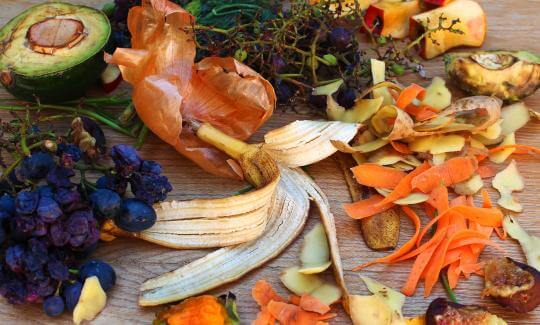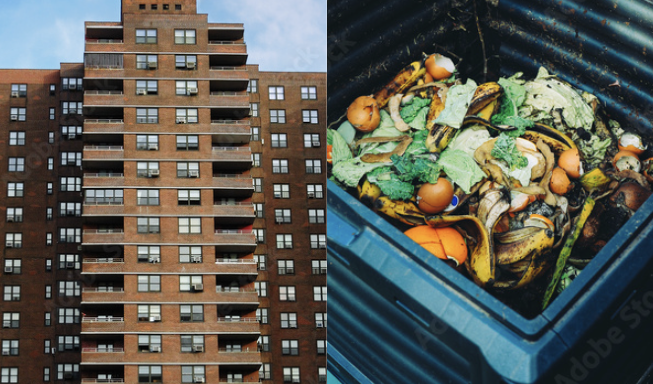Food Waste Diversion
Every year, 63 million tons of food go to waste in the United States—that means 40% of all food that’s produced is thrown away. The New York State Pollution Prevention Institute (NYSP2I) connects businesses, municipalities, and communities across New York State with the funding, expertise, and practical tools they need to manage food waste.

Every year, 63 million tons of food go to waste in the United States—that means 40% of all food that’s produced is thrown away.
The New York State Pollution Prevention Institute (NYSP2I) connects businesses, municipalities, and communities across New York State with the funding, expertise, and practical tools they need to manage food waste.
Why it matters
- It’s expensive: Food waste costs U.S. businesses nearly $59 billion annually.
- It’s unnecessary: One-third of all food produced globally never gets eaten.
- It’s a missed opportunity: Organic waste is a valuable resource that could fuel a more sustainable, circular economy.
- It’s the law: Under the NYS Food Donation and Food Scraps Recycling Law, starting January 1, 2022 large food waste generators are required to donate excess food and recycling remaining food scraps.
Who is eligible
Our services are available to any New York State-registered business or organization that generates or manages food waste in its activities, such as those in:
- restaurants and food service
- grocery
- food waste haulers and recyclers
- communities and institutions
What do we do
NYSP2I collaborates with businesses, municipalities, and community organizations in New York State to identify practical, cost-effective solutions for preventing, donating, and diverting wasted food from landfills. We provide our clients with expertise and guidance in strategy development and implementation, technology assessments, and process improvement.
In addition to field projects, NYSP2I maintains a growing archive of guidance documents, success stories and do-it-yourself tools that are designed to increase your knowledge and aid in your implementation of improvements across the food system.
How much it costs
Funding from New York State is available for each project, and can cover a significant subsidy of the total costs associated with wasted food reduction, donation and diversion from landfill.
Contact us to learn more: Melissa Hall, mahp2i@rit.edu
Food Waste Diversion in Multi-family Public Housing

NYSP2I is seeking project partners interested in launching a pilot food waste diversion program for a multi-family public housing site in New York State. The ideal candidate will
- have a multi-family site in mind whose residents are willing to participate.
- have other food waste programs currently operating in their community.
- be able to start collaborating within the next 6 months.
Why NYSP2I?
- 15 years of experience working with businesses, municipalities, and communities.
- Focus on practical, cost-effective solutions for preventing, diverting, and managing food waste.
- Extensive and growing network of industry partnerships across New York State.
- Funding available to subsidize project costs for businesses and nonprofits.
Interested? Help bring this beneficial program to your community.







